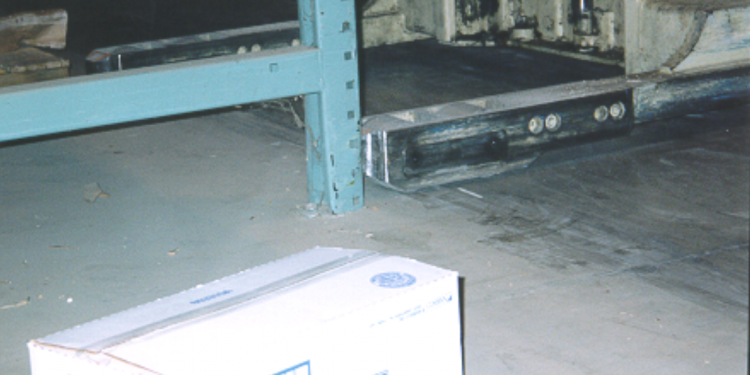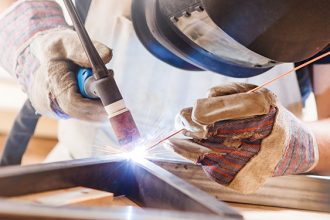Damaged Racks? What to Consider

Before taking any steps, perform due diligence with your approach to rack repair or replacement.
When you purchase and install new racking, you aren’t really thinking ahead to the potential that it might get damaged. Reality is, however, that at some point most racking will get damaged, especially to the lower levels. When that day comes, you’ll have some decisions to make about how you manage the situation.
The biggest question to answer is whether or not you’re going to repair the damage, or purchase replacement racks. In most cases, companies will reach for the repair option if it’s available, because it tends to be the more affordable option. Still, repairing damaged rack comes with important safety considerations.
Three of the main topics you’ll want to visit include:
- Bringing in a qualified engineer from a qualified repair company— Rack repair goes beyond the job description of your maintenance team, so seek outside help. There aren’t all that many companies that specialize in rack repair, so it’s important to do your homework on each and ensure they can do the job right. Go back to your OEM and ask for their advice on who might help with your repairs. Have the engineer do an inspection of the damage before making any recommendations on repairs, and then order the necessary parts. If you’re using a repair kit, have the engineer ensure that it is customized to your specific racks, otherwise you may miss the mark and have an inadequate system. He or she should also ensure that the undamaged portions of the rack are okay for the long run, too, and that the full system is up-to-date with the current RMI/ANSI MH 16.1-2021 standard.
- Empty your racking—It might be tempting to begin working on lower-level repairs with the racks still loaded up, but this is a big mistake. For safety, you must isolate the racks of all products and pallets and empty them when it is save to do so. The area surrounding the damaged pallets should be cordoned off while the repairs take place.
- Check your aisles—Sometimes, racking takes on damage because the aisles are too narrow for the trucks you have working in them. This is a good opportunity to have the engineer measure your aisles and the types of trucks that pass through them. If you discover they’re actually too narrow, you need to make adjustments—otherwise you’re paying to fix your damaged racks for nothing.


